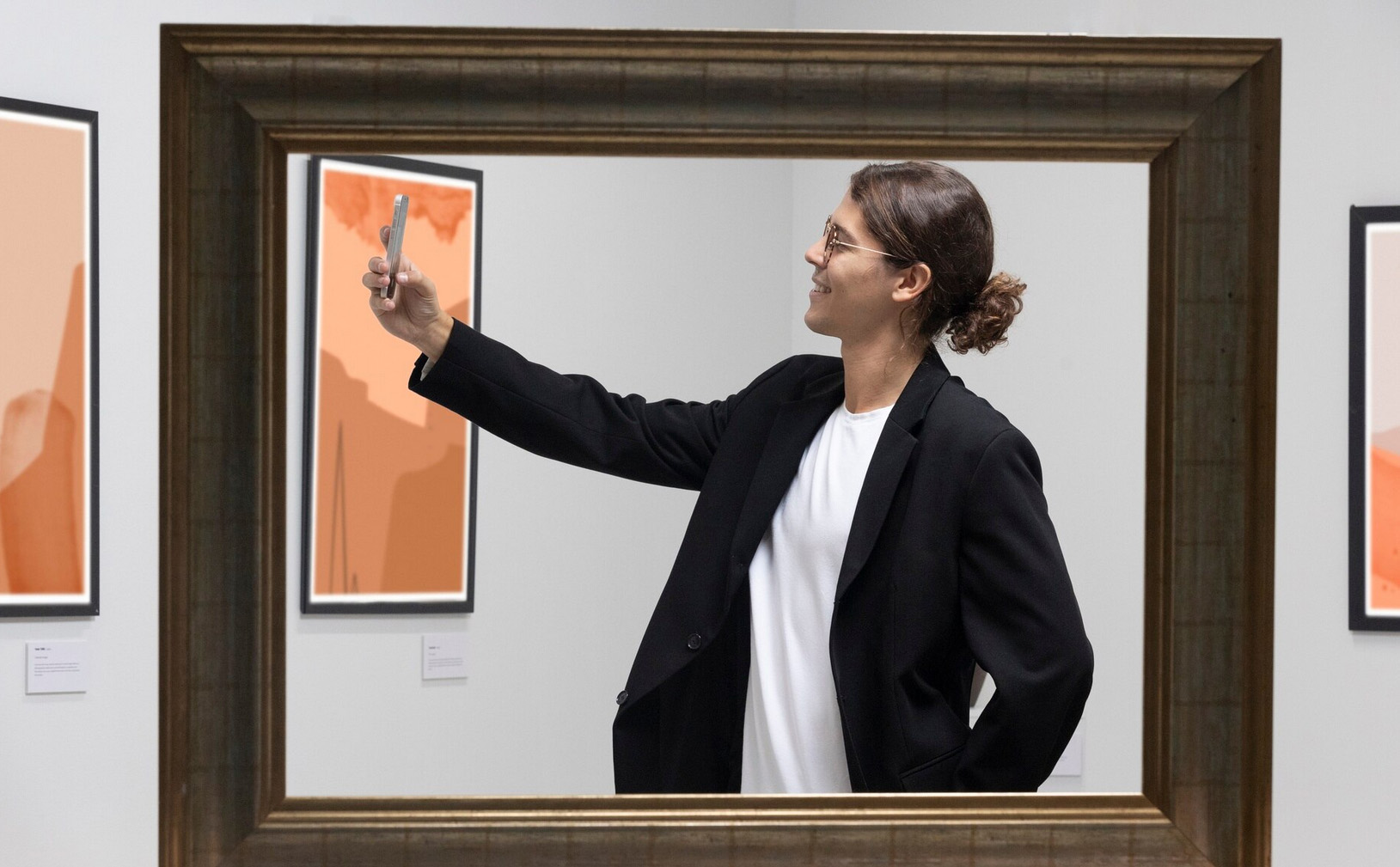
An image which may or may not be related to the article. FREEPIK
Unconventional Canvases: When Art Moves Beyond the Frame
Summary:
Art has escaped. It no longer confines itself to four corners or obediently hangs on pristine gallery walls. It sprawls, it invades, it defies convention. From murals that swallow city blocks to digital experiences that live in augmented reality, art is no longer just something you observe—it’s something you stumble into, something that wraps itself around your life. Let’s dive into the wild world of unconventional canvases, where the boundaries of art blur into the bizarre and brilliant.
There’s a chaotic beauty in this rebellion, a sense that art has remembered its roots as a raw, untamed force. It doesn’t ask for permission anymore. It takes over. It’s loud, it’s intrusive, and it’s exactly what the world needs.
The Streets as a Stage
Nowhere is this artistic anarchy more evident than in street art. Once dismissed as vandalism, it has evolved into a global movement, turning concrete jungles into sprawling galleries. Artists like Banksy and Shepard Fairey don’t just paint walls—they hijack public spaces, turning them into platforms for protest, satire, and sometimes outright chaos.
Take Buenos Aires, where entire neighborhoods are canvases for political and social commentary. Or Lisbon, where dilapidated buildings become vibrant testaments to creativity and resilience. These works aren’t just art—they’re conversations, provocations, declarations of existence in a world that often tries to silence the marginalized.
Street art doesn’t wait for you to come to it. It finds you, ambushes you on your morning commute, demanding that you stop scrolling and start seeing.
Digital Frontiers: Art in Augmented Reality
And then there’s the digital explosion. Art has leapt from the physical into the virtual, where augmented reality (AR) and digital installations are creating experiences that defy logic and physics.
Imagine standing in a park, staring at what looks like a perfectly ordinary tree—until you view it through your phone, and it explodes into a symphony of light and motion. Or visiting an “empty” gallery, only to discover that the artwork appears when you point your AR device at the walls.
Artists like Refik Anadol are pushing these boundaries, using algorithms and data to create surreal, otherworldly experiences. His work isn’t just visual—it’s immersive, transforming entire spaces into living, breathing entities. This isn’t just art for the eye; it’s art for the soul, the mind, the unprepared.
Unexpected Materials, Unconventional Mediums
Unconventional canvases aren’t just about location—they’re about rethinking what art is made of. Who needs a brush and canvas when you’ve got ice, fire, or even human hair?
Take the Burning Man festival, a temporary city in the Nevada desert where art rises from the sand, burns under the stars, and disappears into ash. Here, the impermanence is the point. You don’t buy this art. You live it, breathe it, and watch it vanish, leaving only memories and dust.
Or consider the surreal sculptures of Jason deCaires Taylor, who creates underwater installations that double as artificial reefs. These aren’t static pieces; they evolve, transforming as marine life colonizes them. It’s art that lives, dies, and regenerates—a mirror of nature itself.
When Art Moves You—Literally
Art that demands participation is a beast unto itself. Think of immersive installations like Yayoi Kusama’s Infinity Rooms, where you’re not just a viewer—you’re part of the piece. Or the chaotic genius of Meow Wolf, whose psychedelic playgrounds invite you to climb, crawl, and question reality.
These aren’t passive experiences. They’re visceral, interactive, and a little unsettling. You don’t just see the art—you feel it, like a punch in the gut or a whispered secret. It lingers in your mind, gnawing at the edges of your perception long after you’ve left.
What This Means for Art (and Us)
This shift toward unconventional canvases isn’t just about artistic experimentation—it’s a reflection of the times. In a world where attention spans are shrinking and distractions are endless, art has adapted to demand our focus.
It’s also a democratization of creativity. You don’t need a ticket to the Louvre to experience it anymore. Art is on the streets, in your pocket, in the spaces you least expect. It’s for everyone, everywhere.
But there’s a challenge here too. As art breaks free from tradition, it risks losing its context, its meaning. Not every mural is a masterpiece, and not every AR experience is profound. The line between innovation and gimmickry is razor-thin, and navigating it requires both creators and audiences to engage critically.
As I walk past an alleyway mural bleeding with color and stare at my phone’s screen where digital butterflies flutter in augmented bliss, one thing is clear: art has escaped, and there’s no putting it back in the frame.
It’s wild. It’s messy. It’s exhilarating.
The world has become the gallery, and we’re all part of the exhibit. The question is, are we ready to see it? Or will we, as always, scroll past the extraordinary in favor of the mundane?
Art, it seems, isn’t asking for your permission. It’s already here, crashing into your life like a kaleidoscope you can’t unsee. And maybe, just maybe, that’s exactly the point.
 muppazine
muppazine